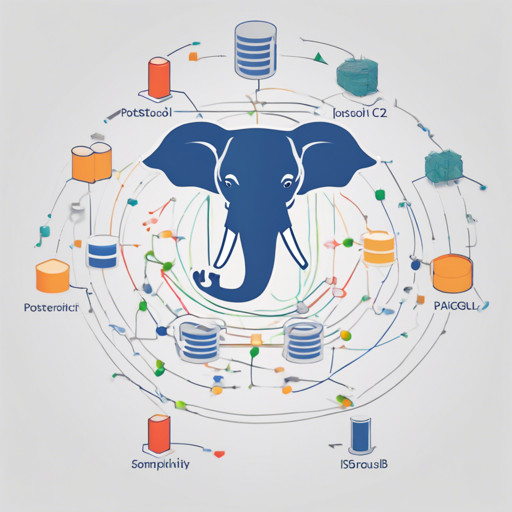Welcome to this comprehensive guide on setting up IsomorphicDB, a cutting-edge database designed to enhance your PostgreSQL experience. Whether you’re a seasoned developer or a curious newcomer, this step-by-step article will provide everything you need to get started with IsomorphicDB.
What You Need to Know About IsomorphicDB
IsomorphicDB aims to bring the efficiency and robustness of PostgreSQL to a variety of applications. The main goal is to create a versatile database that supports a wide range of SQL features while ensuring smooth integration with your existing PostgreSQL setup.
Getting Started
Before diving into the installation process, ensure your development environment is equipped with the following:
- Access to a terminal or command line tools
- Basic knowledge of SQL and command-line operations
- Compatible system—preferably Ubuntu or macOS
Installation Steps
Follow these steps to get IsomorphicDB up and running:
- Install LLVM: IsomorphicDB uses postgres-parser which requires LLVM.
- For Ubuntu, run the following command:
sudo apt install llvmbrew install llvm
echo export PATH=/usr/local/opt/llvm/bin:$PATH >> ~/.zshrc
source ~/.zshrc- Install the PostgreSQL client:
- For macOS, this can be done via:
- Start the IsomorphicDB instance:
- Open psql in another terminal:
- Enter any password and run SQL scripts from the compatibility folder.
brew install postgresqlcargo runpsql -h 127.0.0.1 -WUnderstanding the Code Structure
Imagine IsomorphicDB as a complex machine with many cogs (modules) working in harmony. Each cog has a specific role:
- Node Engine: Think of it as the conductor of an orchestra, managing incoming network requests and coordinating the performance of other modules.
- SQL Engine: This is like the players in our orchestra, each responsible for a different instrument—playing SQL queries through execution plans and data definitions.
- Storage: Like the stage where the performance takes place, it accommodates everything, whether in-memory or persistent data.
By working together, these modules create a musical symphony of data management!
Troubleshooting Tips
If you encounter issues during installation or execution, here are some troubleshooting ideas:
- Check that LLVM is correctly installed and added to your $PATH.
- Ensure you have the correct PostgreSQL version installed.
- Verify network connectivity to localhost while running the IsomorphicDB instance.
- Run compatibility tests to ensure everything is functioning as expected.
For more insights, updates, or to collaborate on AI development projects, stay connected with fxis.ai.
Final Thoughts
At fxis.ai, we believe that such advancements are crucial for the future of AI, as they enable more comprehensive and effective solutions. Our team is continually exploring new methodologies to push the envelope in artificial intelligence, ensuring that our clients benefit from the latest technological innovations.
By following this guide, you’re well on your way to harnessing IsomorphicDB’s power. Enjoy your journey into enhanced database management!

